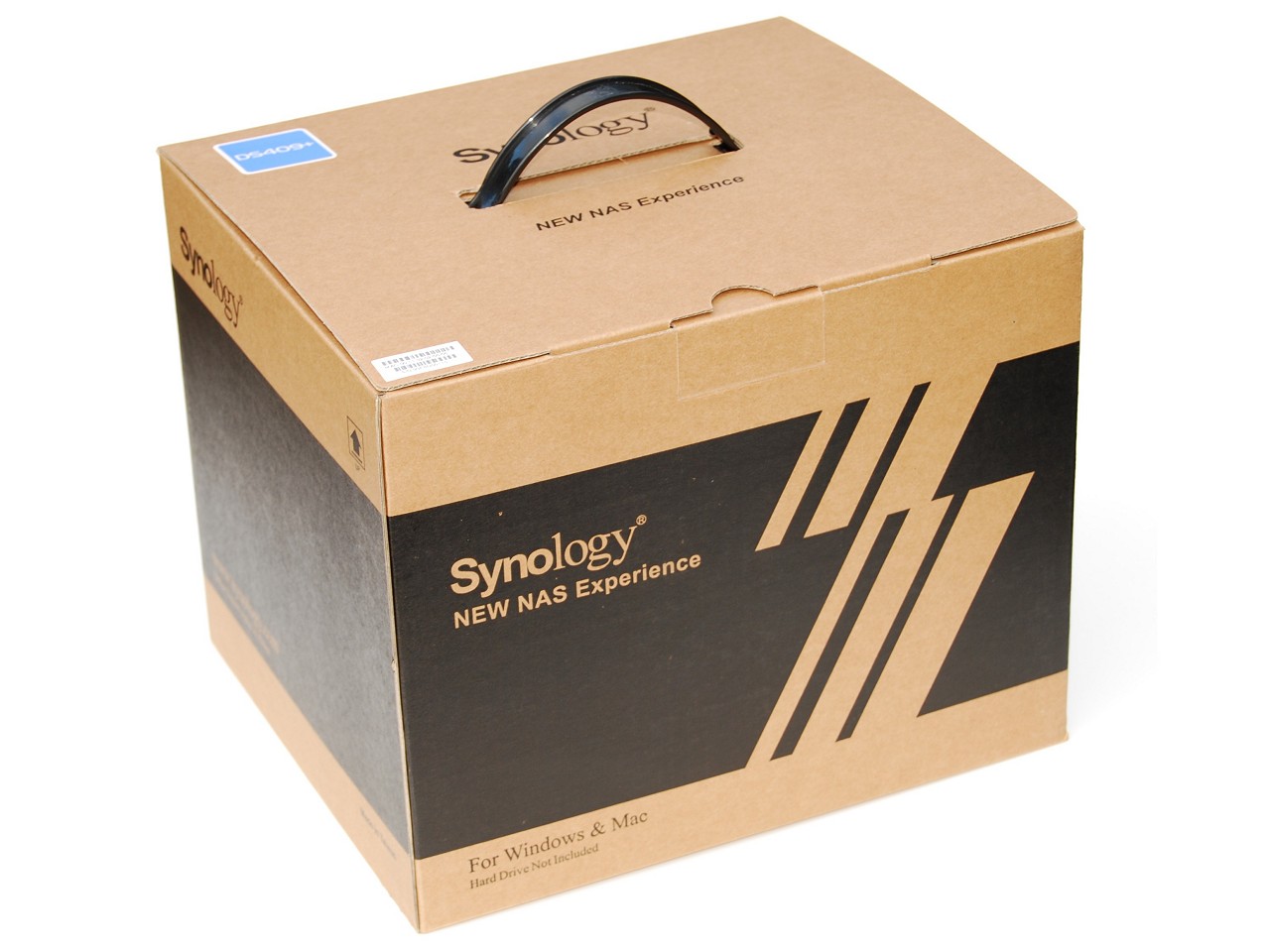Installation
Installation starts by putting all the drives inside the DS-409+. The next step requires you to run the Disk Station Assistant software that configures the hard drives and installs the operating system. Finally you need to connect to the DS-409+ using a web browser, gaining access to the Disk Station Manager 2.1.

Installing the hard drives is a simple task, and to make the job even easier Synology provides clear and simple to follow documentation. Anyone who has installed a hard drive into a desktop computer before will not have an issue installing the drives into the DS-409+. Data and power cables are included in the package.


For the purpose of this review we installed four Western Digital Black 500GB hard drives into the DS-409+, providing us with 2TBs of high performance storage. These hard drives retail for roughly $70 each, making the total hard drive bill $280. However, to justify spending $600 on the DS-409+, users may want to go with at least 1TB drives, giving a total storage capacity of 4TBs, if that's what you need.
Next you need to run the Disk Station Assistant software. This is provided on a CD, though the latest version can also be downloaded from the Synology website. The latest 2.0-0844 version is less than 10MBs. The Disk Station Assistant software detects the DS-409+ and allows the user to install the latest firmware, which in this case is the Disk Station Manager 2.1 software. This is an 82.7MB download.
 |
 |
The DS-409+ was tested with the "DSM 2.1-0844" firmware installed, which is the second release. This version fixes three bugs, with the most notable being a fix to the File Station 2, which caused failure of downloading files and sub-folders in the user's "home" folder.
 |
 |
Once the latest firmware is installed, the user is redirected to the DS-409+ login page for accessing the Disk Station Manager 2.1 software.
 |
 |
After creating a volume, you will need to choose which hard drives you want to use and the volume type. The options are basic, JBOD, RAID0, RAID1, RAID5, RAID5 + Spare and RAID6. Initially we configured the DS-409+ to use RAID5, and then later re-tested it using RAID0. The latter configuration gave us the full 2TB storage capacity, minus the room taken up by the operating system.
 |
 |
Once the volume has been created, the user is free to configure the DS-409+ as they see fit. The next logical step would be to setup user accounts and privileges. Shared folders can then be assigned and features such as the Download Station can be initiated. The user is also free to connect a UPS or a printer to the DS-409+.
